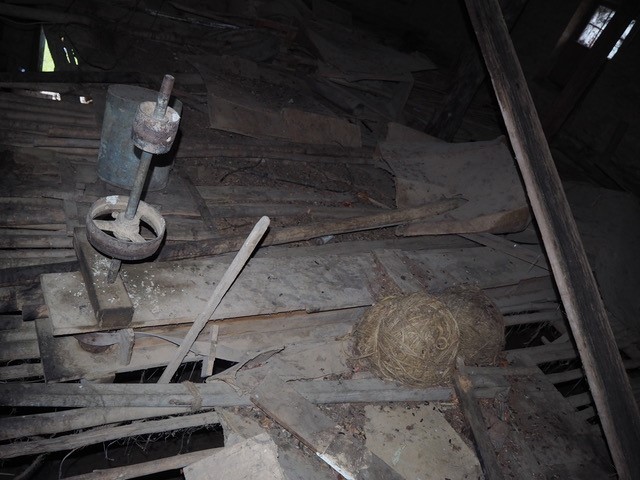Three influences in the one picture.
Jack Mundy was president of the NSW Builders Labourers Federation from 1968 to 74 when he led the union to improve safety on building sites, but also to campsign for social and environmental improvements. He instigated the Green Bans that saved many historic buildings from destruction and forced developers to retain parkland and social housing.
GoughWhitlam, in his brief stint as PM and with the most radical government agenda in Australia's history, spiked the punch of cultural heritage in the early 70s by establishing the Australia Council and the Australian Heritage Commission. He also created opportunities for me snd countless others with no fee tertiary education (giving me somewhere to go other than factory work), no fault divorce (freeing my parents from each other), abolishing conscription (freeing me of the fear of war), supporting mothers' pension, (freeing my single sister from a life of struggle) and many other things that improved my family's life.
Verity Burgman was my lecturer in history at Melbourne Uni and although I didn't realise it at the time, turned me on to concepts of social justice and class. Her surprise at my approach to an essay on the environmental and social damage of American Railways in the 19th century made me realise everybody didn't already think like that.
https://www.google.com/amp/s/labourhistorymelbourne.org/2020/05/17/jack-mundey/amp/








